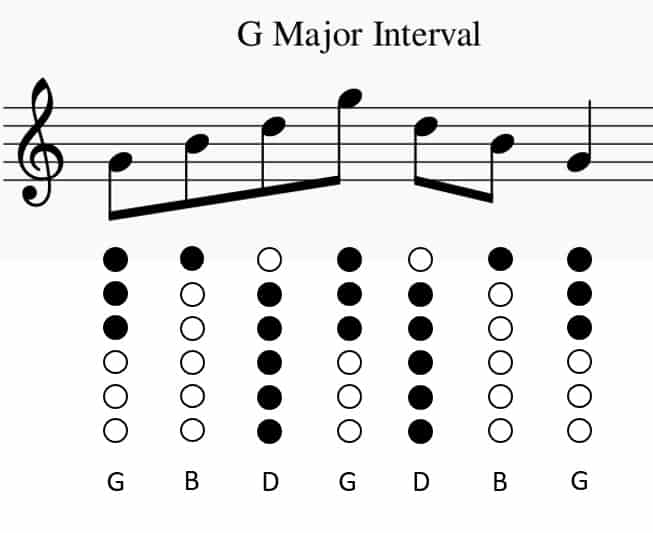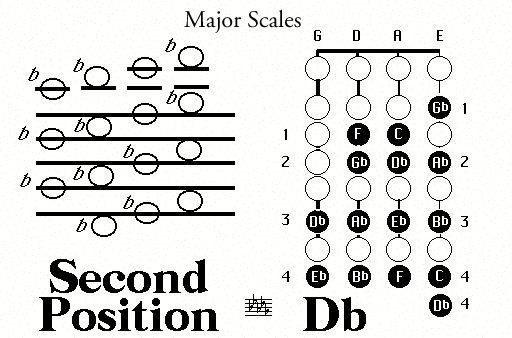
- Second notes on the d scale how to#
- Second notes on the d scale plus#
- Second notes on the d scale series#
Second notes on the d scale plus#
So, for example, you'll see "two octaves plus a fifth" instead of a 19th. Intervals with more than 28 semitones (major seventeenth) will only have a compound name, as they are very rarely known by anything else. They can be thought of as a certain number of octaves + the remaining interval.įor intervals with between 13–28 semitones, you'll see both the simple and the compound name. Intervals larger than an octave are called "compound intervals". If you want to know the number of semitones and tones that make up the interval - switch to the advanced mode.

When you want to find the interval between notes from their letters or symbols on a staff, you should use the “between notes” part of the calculator. We don’t use the augmented and diminished intervals here, as you would never talk about an augmented prime if somebody sang two sounds to you and asked what interval it is.īUT the interval between C and C♯ IS NOT a minor second (but the one between C and D♭ is). The interval between the sounds produced by these two keys is a minor second. For example, between a piano key which we denote by C, and another one denoted by C♯ or D♭. You should use the first one when you want to know an interval between two sounds. The first one deals with intervals between pitches, and the second - notes as units of music theory. We divided the music interval calculator into two parts.
Second notes on the d scale how to#
You'll learn what's the smallest musical interval, how to find interval quality, and how to find the distance between two notes, like from F to C. In the text below, you'll find a music intervals chart, and a set of instructions on how to use the music interval calculator. Understanding and recognising them is important for musicians, as it makes it easier to play or sing by ear, write melodies, communicate with other musicians, and understand more complex ideas in music theory.
Second notes on the d scale series#
They are the building blocks of scales and chords, which in turn make up melodies and harmonies (you can learn the basics of harmonics at our harmonic series calculator). Intervals are one of the basic concepts of music theory. If you want to know an interval between notes, the calculator will differentiate between enharmonic equivalents (like C# and D♭, which denote the same sound) and give you also diminished and augmented intervals.

To find an interval between two pitches, choose from sounds in nine octaves and find the simple and compound name for any distance greater than an octave. The music interval calculator helps you determine an interval between two notes.


 0 kommentar(er)
0 kommentar(er)
